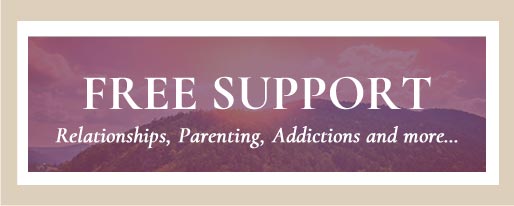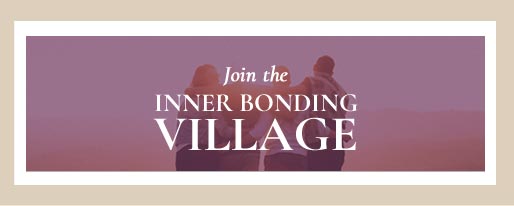Loving Your Inner Child vs. Loving Your Wounded Self
By Dr. Margaret PaulSeptember 16, 2024
Discover the vast difference between how we need to love the different aspects of ourselves.
 There is a vast difference between how we need to love our inner child - our essence - and how we need to love our wounded self.
There is a vast difference between how we need to love our inner child - our essence - and how we need to love our wounded self.
Loving Our Inner Child
Our inner child is who we really are - the perfect spark of the Divine within. It is the part of the soul that exists within our body, while our higher self is the part of our soul that exists all around us in spirit (our soul is way too big to fit inside our body!)
Our soul within - our inner child - is our inner guidance, while our soul around us is part of our higher guidance. Our inner child often communicates with us through our feelings, letting us know with our painful feelings of anxiety, depression, hurt, anger, fear (other than fear of real and present danger), guilt, shame, aloneness, emptiness, and so on, that we are operating from our wounded self and are off track in our thinking and behavior - that our thinking is untrue or not in our highest good. These painful feelings let us know when we are abandoning ourselves. Our positive feelings of love, inner peace, joy, bliss, freedom, aliveness, passion, wellbeing and so on, let us know that we are thinking and behaving in ways that are loving to ourselves and are in alignment with truth and with our highest good.
Our soul without - our higher self - is an aspect of our higher guidance, and communicates through bringing true thoughts, creative ideas, and inspiration into our minds. We are deeply blessed, both with feelings - our inner guidance - and with thoughts from our higher guidance to guide us.
Loving our inner child means listening to and honoring all of our feelings and wanting full responsibility for them, which is Step 1 of Inner Bonding. It means staying open to learning about how we are creating the painful feelings (Steps 2 and 3), and what we need to think and do to create the wonderful feelings (Step 4). It means allowing our inner child to fully express what he or she loves to do (Step 5).
Loving our inner child means seeing the truth about our wonderfulness and allowing our essence to be all that we are by expressing our gifts and talents and sharing our love.
Loving Our Wounded Self
Our wounded self is not who we really are, even though it likes to think it is. It is a fabrication, the false self that we created to have control over getting love and avoiding pain, in order to try to feel safe in the unsafe world we found ourselves in as children. Our wounded self is made of all the ways we learned to survive the challenges of childhood. The wounded self is comprised of our false beliefs and our controlling, addictive behaviors. While it was crucial to our survival as we were growing up, it no longer serves us today.
Loving our wounded self means being compassionate for all we went through and honoring all that our wounded self did to ensure our survival. It means understanding the very good reasons we have for our false beliefs and unloving behavior. However, unlike the freedom we need to give our inner child, loving our wounded self means setting limits on our programmed thinking and our unloving, acting-out behavior toward ourselves and others.
Treating our wounded self with compassion does NOT mean indulging it. Loving our wounded self is the opposite of indulging it - it is setting firm limits, just as you would for a child who is harming him or herself or others. Loving our wounded self means stepping in as a loving adult and stopping the thinking and behavior that create the painful feelings of anxiety, depression, hurt, anger, guilt, shame, aloneness, emptiness, and so on.
Loving our inner child means fully allowing ourselves to express our love and joy, while loving our wounded self means compassionately setting firm limits on the thinking and behavior that creates our pain. This is the job of the loving adult.
Join Dr. Margaret Paul for her 30-Day at-home Course: "Love Yourself: An Inner Bonding Experience to Heal Anxiety, Depression, Shame, Addictions and Relationships."
 Send this article to a friend
Send this article to a friend  Print this article
Print this article  Bookmarked 1 time(s)
Bookmarked 1 time(s)
| Related Articles |
|---|
| What Makes You Feel Worthy and Lovable? |
| Are You Loving Yourself Enough? |
Comments
| Author | Comment | Date |
|---|---|---|
| Join the Inner Bonding Community to add your comment to articles and see the comments of others... | ||

Daily Inspiration
Laughter is a balm for the soul. Do you take life very seriously, or are you open to the humor that often lies within life's everyday challenges? Today, try shifting your perspective and look at the lighter side of life, the funny, quirky things that happen throughout a day, and let yourself laugh with your whole body!
By Dr. Margaret Paul

 Share with Del.icio.us
Share with Del.icio.us Share with Digg
Share with Digg






